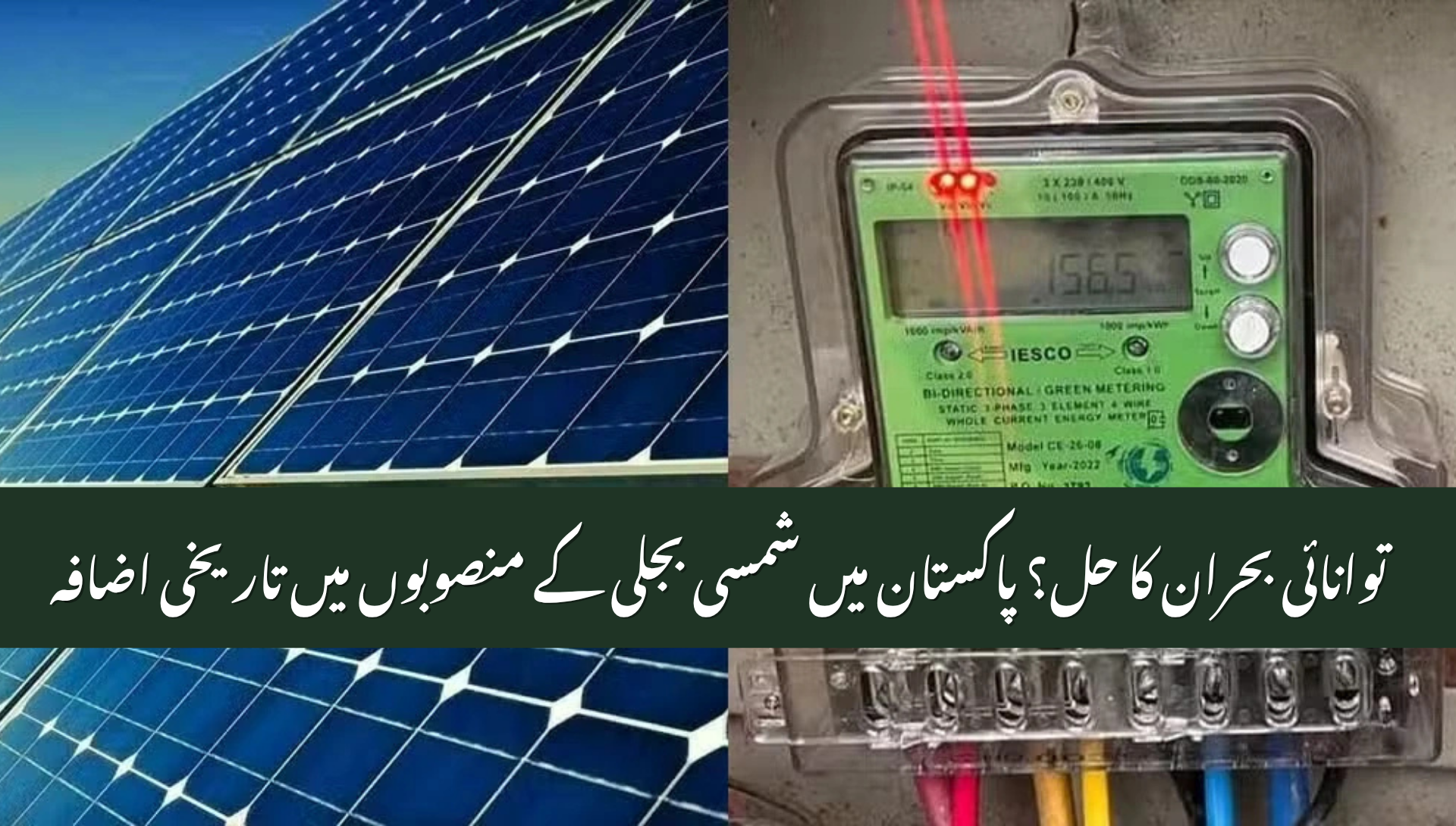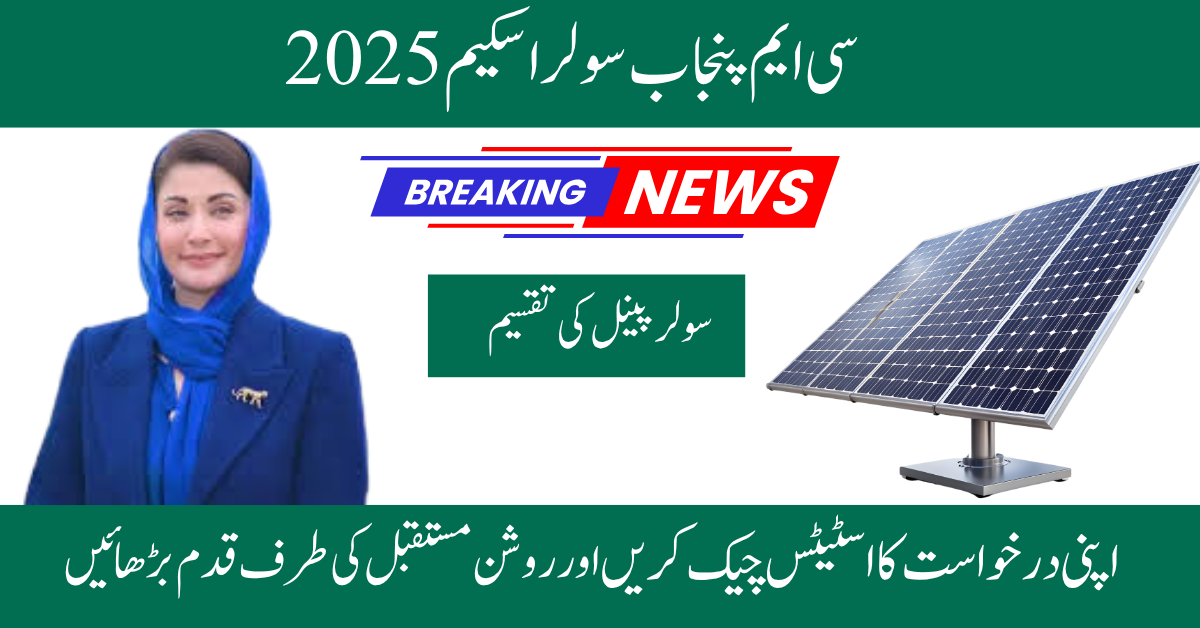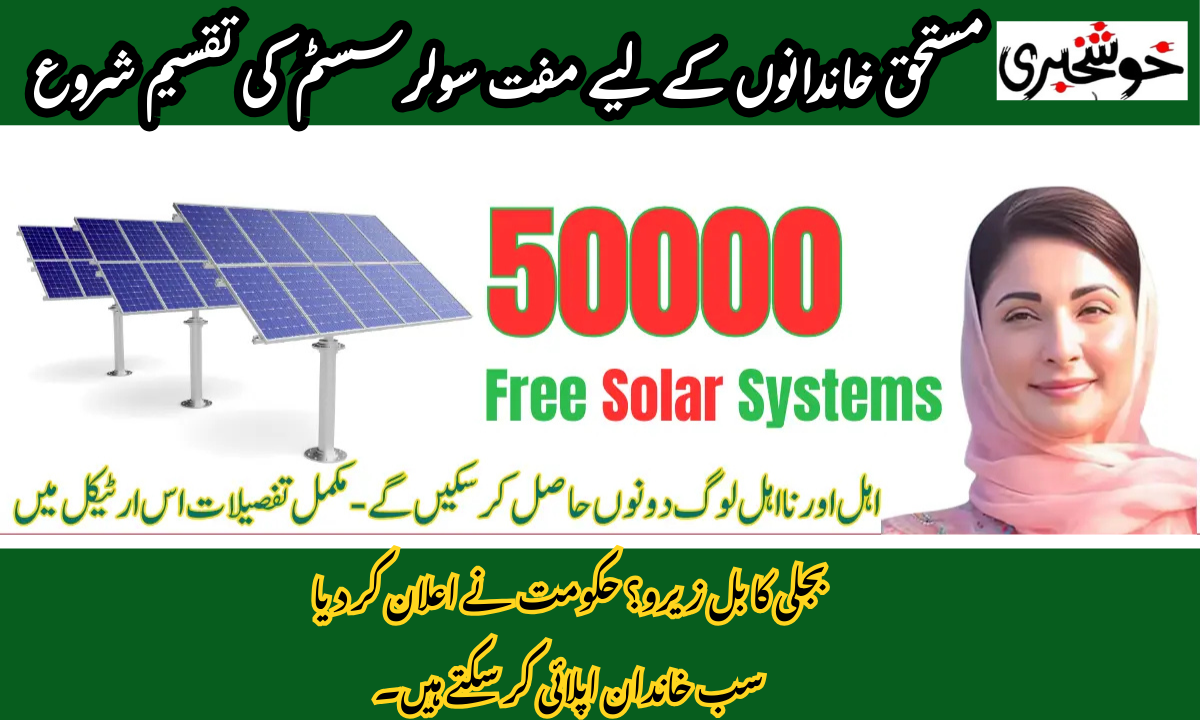Pakistan Solar Power Boom: Net Metering Units Rise 28% in One Month (2025). Pakistan’s solar power boom in 2025 marks a turning point for the nation’s energy independence. According to the latest NEPRA report, net metering electricity generation surged by 28% month-on-month in September 2025, highlighting how homes and businesses are rapidly adopting rooftop solar systems to cut costs and combat load-shedding.
Experts link this rise to skyrocketing electricity tariffs, frequent power outages, and the falling prices of solar technology. This transformation reflects Pakistan’s accelerating journey toward renewable energy, local generation, and reduced dependence on imported fuels.
Pakistan’s Net Metering Revolution: NEPRA’s 2025 Findings
According to Arif Habib Limited’s analysis of NEPRA data, the share of net metering in total electricity generation grew by 57 basis points year-on-year, proving that solar adoption is no longer limited to elite sectors it’s now mainstream.
| Category | August 2025 | September 2025 | Change (MoM) |
|---|---|---|---|
| Net Metering Share in Total Power | 2.3% | 2.95% | +28% |
| National Power Generation | 13,650 GWh | 13,760 GWh | +0.8% |
| Renewable Energy Share | 7.6% | 8.1% | +6.6% |
This steady increase shows that solar-fed electricity is becoming a core pillar of Pakistan’s national energy mix. The National Electric Power Regulatory Authority (NEPRA) has continued to encourage distributed generation, allowing households and small businesses to sell surplus power back to the grid.
Why Solar Power Is Growing So Fast in Pakistan
1. Rising Electricity Tariffs
Electricity costs have climbed to record levels in 2025, with residential consumers paying between Rs. 65–80 per unit in peak hours. This makes solar panel installations an attractive investment, offering payback within 3–5 years through net metering savings.
2. Government Incentives
The government’s Alternative Energy Policy 2025 and net metering license simplifications have accelerated adoption. Subsidized loans under the State Bank’s Renewable Energy Financing Scheme allow households to install systems with reduced upfront costs.
3. Falling Solar Technology Prices
Solar panel prices dropped by nearly 18% globally in 2025 due to improved production efficiency in China and local assembly in Pakistan. As a result, small-scale setups (5kW–10kW) have become accessible to middle-income households.
4. Energy Security and Load-Shedding
With unpredictable load-shedding across major cities, solar energy offers uninterrupted power supply. Many households now install hybrid systems combining solar with batteries or net metering, ensuring backup even during grid failures.
Rooftop Solar Systems: The Core of Pakistan’s Green Shift
Rooftop solar systems have transformed urban and rural landscapes. From Karachi to Gilgit, homeowners and small businesses are now turning their rooftops into mini power stations.
These systems typically range from 3 kW (small home) to 25 kW (commercial setup) and connect to the grid through NEPRA’s net metering framework. Once installed, users can export excess power to DISCOs (Distribution Companies) such as LESCO, KE, MEPCO, or IESCO and get credits in their next electricity bills.
Advantages of Rooftop Solar in Pakistan
- Save up to 70% on monthly bills
- Earn credits for surplus power fed into the grid
- Protection from tariff hikes
- Increase property value
- Support environmental sustainability
How Net Metering Works in Pakistan (Step-by-Step)
| Step | Process | Timeline |
|---|---|---|
| 1 | Apply for NEPRA net metering license via your regional DISCO | 2–3 weeks |
| 2 | System inspection & on-site verification | 1–2 weeks |
| 3 | Bidirectional meter installation | 1 week |
| 4 | Power export begins & credits appear on next bill | Monthly |
Through this system, electricity consumers with solar PV systems generate their own electricity and sell the excess to the grid. The DISCO deducts exported units from imported units, resulting in drastically reduced bills.
NEPRA’s Policy Update: Simplified Licensing and Fast-Track Approvals
In early 2025, NEPRA revised its Net Metering Regulations (2023 Amendment) to simplify the application process. The authority introduced:
- Online license submissions
- Digital inspection scheduling
- Automated meter calibration
- E-signature approvals
This digital transformation has cut approval times from 45 days to 15 days, boosting confidence among installers and consumers
Solar Power’s Economic and Environmental Impact
1. Reducing Import Dependency
Pakistan spent over $3 billion annually on imported fuel for power generation. With solar energy replacing a portion of this demand, the country’s import bill and current account deficit are expected to shrink significantly.
2. Creating Green Jobs
The solar boom has created over 45,000 jobs in installation, maintenance, and panel manufacturing sectors. Skilled technicians, electricians, and engineers are finding long-term employment opportunities in the renewable energy industry.
3. Lowering Carbon Emissions
Each 1 kW solar system offsets approximately 1.3 tons of CO₂ annually. With more than 300,000 registered net metering units, Pakistan could reduce up to 390,000 tons of CO₂ emissions each year — a major step toward its Paris Agreement targets.
Solar Investment Trends: The Private Sector Joins In
Large corporations and industries are leading solar adoption. For example:
- Fauji Fertilizer and Packages Ltd have invested in onsite solar plants producing up to 10 MW.
- Textile exporters are switching to hybrid solar setups to maintain operations during energy shortages.
- Shopping malls and universities are integrating rooftop solar to cut long-term operating costs.
This movement shows how solar energy investment in Pakistan is no longer a small-scale trend but a full-fledged economic opportunity
Pakistan vs. Global Solar Adoption (2025)
| Country | Solar Capacity (GW) | Annual Growth Rate |
|---|---|---|
| China | 500+ | 18% |
| India | 82 | 16% |
| Pakistan | 3.2 | 28% |
| UAE | 5.5 | 12% |
| Germany | 74 | 10% |
Pakistan’s growth rate may be smaller in scale but higher in percentage increase, showing how the country is catching up rapidly in the renewable energy race.
Challenges Facing Solar Energy in Pakistan
While growth is promising, the sector faces multiple challenges:
1. Net Metering Capacity Caps
Distribution companies are reaching their grid capacity limits, slowing down new approvals in some regions.
2. Import Restrictions
Foreign currency shortages have affected solar inverter and panel imports, occasionally delaying projects.
3. Policy Uncertainty
Frequent changes in energy policy discourage long-term private investment, especially in large-scale solar farms.
4. Lack of Awareness
In rural areas, many citizens remain unaware of government incentives or the net metering process, slowing adoption outside major cities.
The Road Ahead: Solar Energy as Pakistan’s Future Backbone
Industry analysts predict that Pakistan’s solar capacity will surpass 5 GW by 2027 if the current momentum continues. With lower equipment costs, digitalized NEPRA systems, and increasing public awareness, the country is positioned to become a South Asian leader in distributed renewable energy.
The government is also working to integrate battery storage, smart grids, and virtual power plants to enhance grid stability and energy efficiency.
FAQs
1. What is net metering in Pakistan?
Net metering allows consumers with solar systems to export excess electricity to the grid and earn credits against their bills. NEPRA regulates the entire process under the Distributed Generation Regulations.
2. How much does it cost to install solar panels in Pakistan in 2025?
The average cost of a 5kW system in 2025 is around Rs. 800,000–1,000,000, depending on equipment quality and brand. With net metering, payback time is typically 3–5 years.
3. What are the benefits of NEPRA’s updated net metering policy?
The 2025 update simplified licensing, enabled online applications, and shortened approval times, encouraging faster adoption and transparency across all distribution companies.
Conclusion
Pakistan’s solar revolution is well underway. With a 28% monthly increase in net metering units, the country is steadily transitioning from an energy-deficient state to a self-reliant, renewable-driven economy.
As technology costs fall and NEPRA continues to simplify procedures, millions of homes could soon power themselves sustainably.















